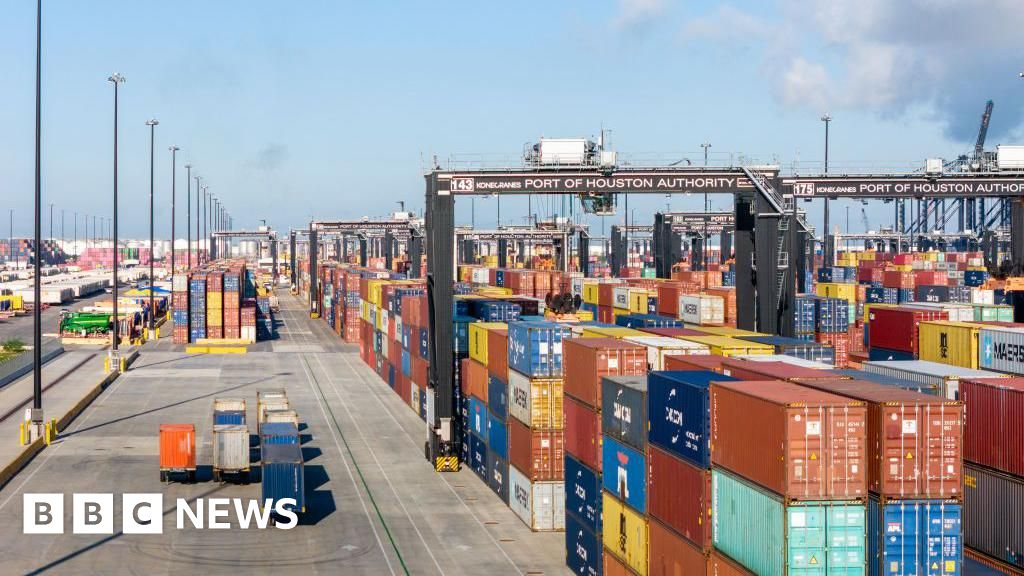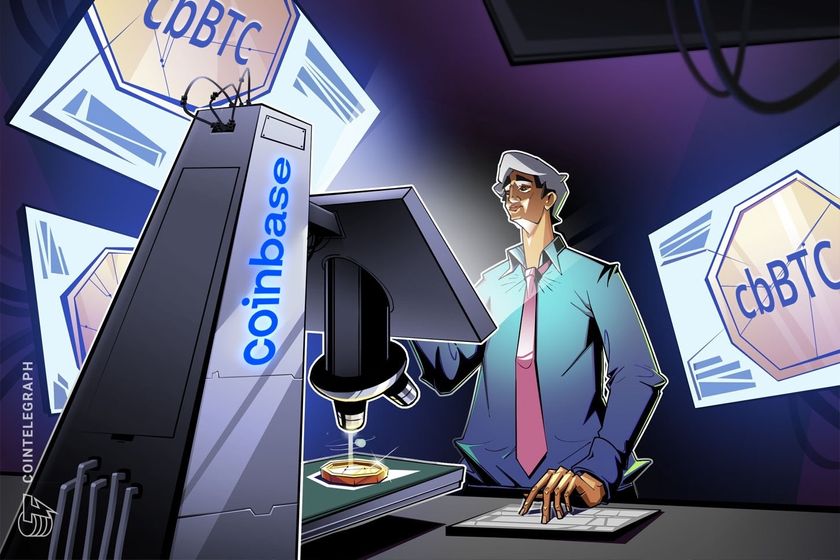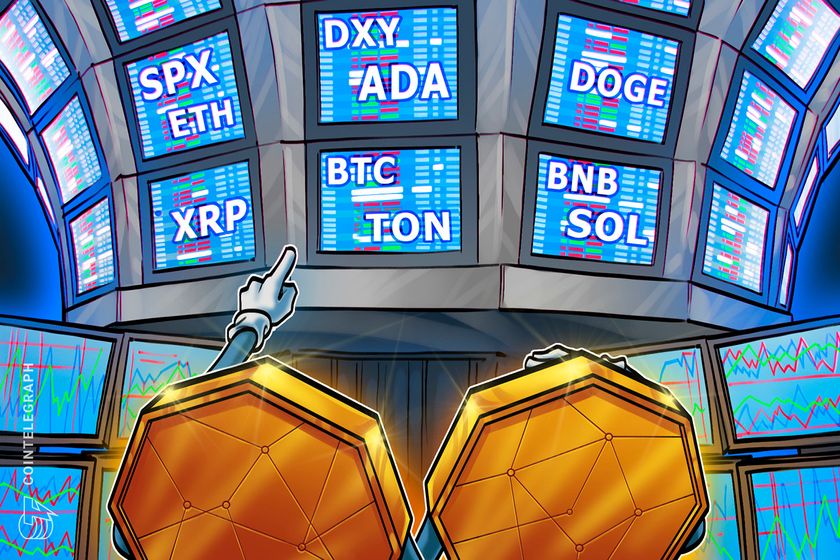The writer is chief executive of Investment Management Associates and author of several books including Soul in the Game — The Art of a Meaningful Life
Politics in the US has turned into one of our biggest sports. Politics has also turned us tribal — we want to win at any cost. Most importantly, we get so engrossed in the sport that we don’t realise that our future — and the future of our children — is the ball we are playing with.
At the end of July, Donald Trump called for the US to be “crypto capital of the planet” and a “bitcoin superpower”. As part of that, he promised to build a bitcoin strategic reserve. I understand why Trump is doing this; he is a politician and support for cryptocurrency means endorsements from crypto bros.
Who knows whether any policy idea offered as a campaign promise would become a reality if he is re-elected to the White House? But if this one did, it would be dangerous for the US. It is not a game where tribal support should override common sense. Let me explain why.
Bitcoin promotion by the White House would chip away at the status of the dollar at a time when sentiment towards the currency is likely to be tested.
Money is more than just green paper with the faces of dead presidents. There are many ways to define it. One way to look at it is as a claim on a country’s productive power and assets, reflecting the value of a nation’s economic output.
Another way to look at money is as a story. It’s a narrative told through everyday actions such as going to the grocery store and trading dollar bills for milk, eggs and doughnuts. As a society, we believe in the story of the intrinsic value of currency. This mass belief is incredibly important for society’s wellbeing.
A reserve currency is a global story. Many people in many countries, who may or may not have visited the US or done business with it, bought into the story that it was a democracy and that its capitalist, free-market economy made it the strongest in the world. And hey, we were responsible with our finances — our debt was manageable, and though we ran budget deficits, they were not huge.
No longer. Today our $27tn economy has $35tn in debt. We collect $4.4tn in taxes, but we spend $6.3tn — we’re running a 5.6 per cent budget deficit. Already, our finances don’t inspire a lot of confidence in the dollar. As we print more dollars every year to finance our growing budget deficits, the dollar story of an all-mighty reserve currency is losing its lustre.
Anyone who is paying attention is already starting to question the trajectory of our finances as well as the state of our political system. We used to have the undisputed reserve currency because we were great on both an absolute and a relative basis. Today, for some, we are just the best alternative, not because we are so awesome but because we are a less-dirty shirt in the old laundry basket.
This brings us to Trump’s rhetoric about wanting the US to build bitcoin strategic reserves. If he’s elected, this governmental policy would change bitcoin’s story, legitimising it and boosting the case to use it as reserve currency.
Bitcoin is not controlled by anyone, including the US government. We cannot print more of it to finance student or medical debt forgiveness, help out with first-time buyer downpayments, or deliver tax cuts when we are running huge budget deficits. Nor can our politicians print more of it to finance their campaign promises that we as a country cannot afford, just to buy themselves more votes. Yet bitcoin, just like gold, looks shinier with every empty campaign promise and every trillion dollars we add to our debt. What will happen if strangers fall in love with another story that is not green and doesn’t have pictures of the US presidents?
Well, the dollar is very unlikely to be replaced as the dominant reserve currency by an alternative any time soon given its role in trade and the global financial system. But it is being increasingly challenged by both fiat and digital currencies. This is not just a question of the economic fundamentals; other countries are diversifying their reserve holdings of currencies.
In such an environment, the US president and presidential candidates should be the dollar’s biggest salespeople rather than supporting an alternative. The bitcoin story should not be promoted — it should not even be accepted as a form of donation to candidates for the position of US president. Bitcoin is not going to make America great. What will help this country continue to be great is getting our debt and deficits under our control.



















































































































































You must be logged in to post a comment Login